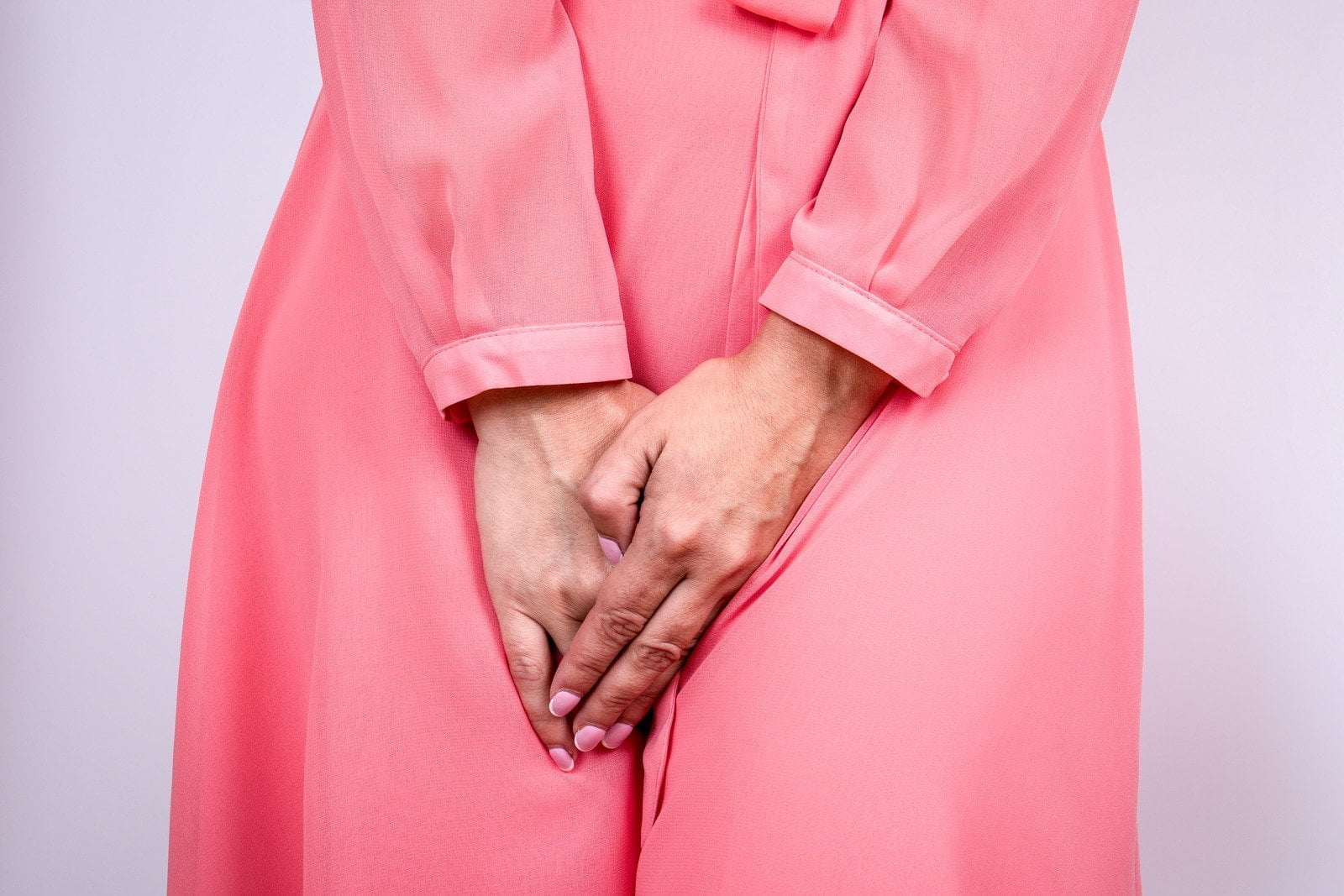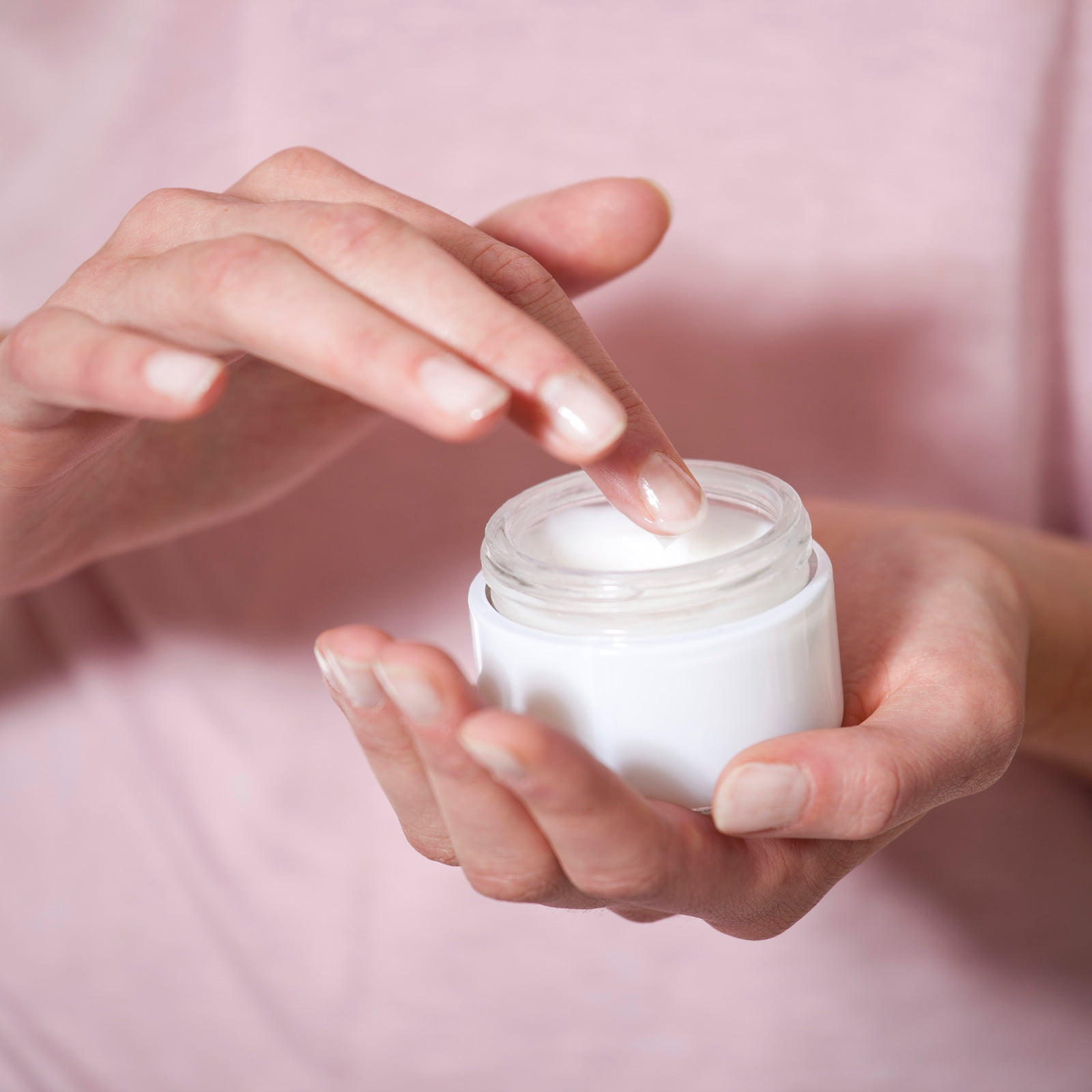Vaginal tightening gels, like LibiTight Femme Gel, are primarily designed to help alleviate symptoms of vaginal laxity and dryness. While they may improve the tone and elasticity of vaginal tissues, they do not directly treat urinary incontinence.
Understanding and Managing Urinary Incontinence in Women
Urinary incontinence, the involuntary urine leakage, is a common and often distressing problem for many women. The severity can range from occasional leaks when you sneeze or cough to a strong urge to urinate that you can’t reach the toilet in time. Despite the embarrassment it often causes, understanding that it’s a prevalent issue can help women feel less isolated and more empowered to seek help.
Understanding Urinary Incontinence
There are several types of urinary incontinence:
Stress Incontinence: This is the most common type in women, especially those who have had children or are post-menopausal. It’s characterized by urine leakage during physical exertion, such as when you laugh, sneeze, cough, or exercise. The stress refers to physical pressure, not mental stress.
Urge Incontinence: Overactive bladder involves a sudden and intense urge to urinate and an involuntary loss of urine. You may also need to urinate often, including throughout the night.
Mixed Incontinence: Some women may experience stress and urge incontinence, referred to as mixed incontinence.
Overflow Incontinence: This occurs when the bladder doesn’t fully empty during urination, leading to dribbling.
Causes of Urinary Incontinence
Several factors can contribute to urinary incontinence in women:
- Age: As we age, our muscles, including those in the urinary tract, can weaken, leading to incontinence.
- Childbirth: Vaginal delivery can weaken the muscles needed for bladder control and damage bladder nerves and supportive tissue, leading to a prolapsed pelvic floor.
- Menopause: The decline in estrogen after menopause can cause changes in the urinary tract that lead to incontinence.
- Overweight/Obesity: Extra weight increases bladder and surrounding muscles pressure.
- Medical conditions: Certain diseases like diabetes, neurological disorders, or urinary tract infections can increase the likelihood of incontinence.
Diagnosis of Urinary Incontinence
Diagnosing urinary incontinence is a multi-step process that involves understanding the patient’s symptoms, medical history, and lifestyle and conducting physical examinations and specialized tests.
Medical History and Patient Interview
The process often begins with a detailed discussion with the healthcare provider to understand the patient’s symptoms, lifestyle, and medical history. This may include:
- Frequency and Type of Incontinence: Understanding when and how the incontinence occurs can help determine the type of incontinence (e.g., stress, urge, overflow).
- Diet and Fluid Intake: Consumption of alcohol, caffeine, or certain acidic foods may affect urinary function.
- Previous Surgeries or Treatments: Any prior procedures, especially in the pelvic region, may be relevant.
- Medications: Some medications can cause or worsen incontinence.
- Lifestyle and Overall Health: Weight, smoking, and physical activity can impact urinary function.
Physical Examination
A physical examination typically includes:
- Pelvic Examination (for women): This can help identify structural abnormalities or muscle weakness.
- Neurological Examination: This can detect any issues with the nerves controlling the bladder.
Bladder Diary
Patients may be asked to keep a bladder diary, recording:
- Times of urination
- Volume of urine
- Instances and circumstances of leakage
Urine Tests
Urine tests can rule out infections or other underlying conditions that might cause incontinence.
Bladder Stress Test
This involves observing for leakage while the patient coughs or exerts pressure.
Postvoid Residual Measurement
This test measures the amount of urine left in the bladder after urination and might indicate bladder emptying issues.
Urodynamic Testing
These sophisticated tests provide detailed information about the bladder’s function, capacity, pressure, flow rates, and other variables.
Imaging Tests
Ultrasound, CT scans, or MRI may visually represent the bladder and surrounding structures.
Cystoscopy
This involves inserting a thin tube with a camera into the urethra to examine the bladder and urinary tract.
Treatment of Urinary Incontinence
Several treatment strategies can help manage urinary incontinence:
- Behavioral Techniques: These are often the first line of treatment and include bladder training, scheduled toilet trips, and fluid and diet management.
- Pelvic Floor Muscle Exercises: Kegel exercises can strengthen your pelvic floor muscles and urinary sphincter. A physical therapist can help teach these exercises.
- Medications: Depending on the type of incontinence, medications that calm an overactive bladder or help tighten loose muscles may be prescribed.
- Medical Devices: Devices designed for women, such as a urethral insert or a pessary, can help control incontinence.
- Interventional Therapies: These treatments include nerve stimulators and Botox injections.
- Surgery: If other treatments aren’t working, several surgical procedures can help to improve symptoms.





